Farewell, Truss’s twisty lectern. Last week in Downing Street Rishi Sunak used one with a straight column. If he follows recent Tory tradition, he’ll have one made to his own design, paid for by the party (£2,000-£4,000 a pop) and loaned to the government.
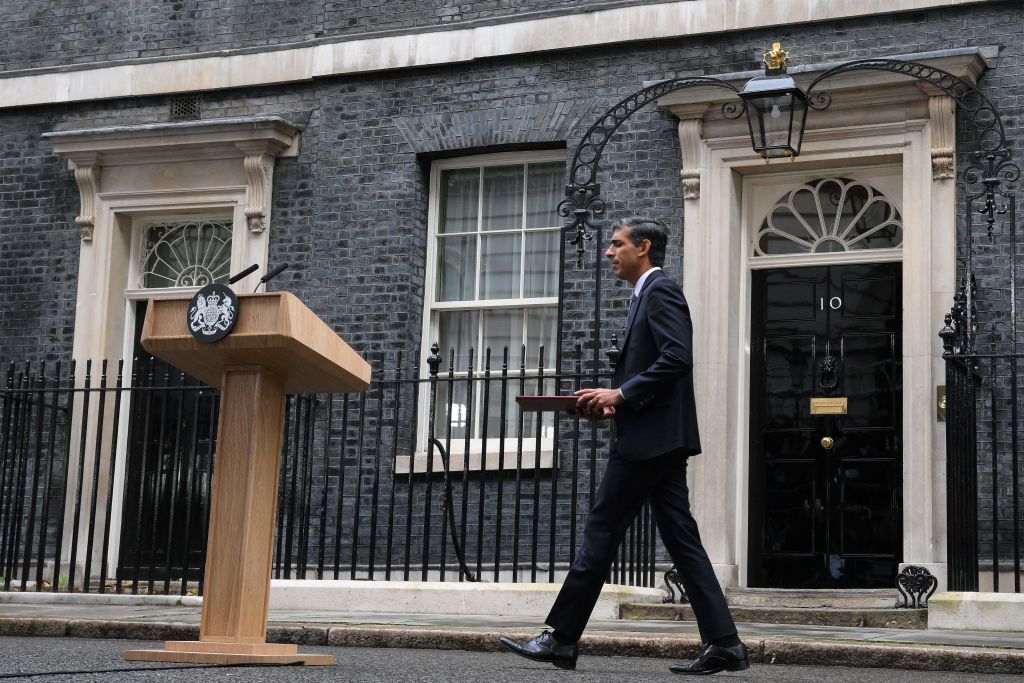
Each lectern (from the Latin legere, ‘to read’) has sent a message. David Cameron’s was intended to look statesmanlike, a change from Labour’s tray-on-a-pole:
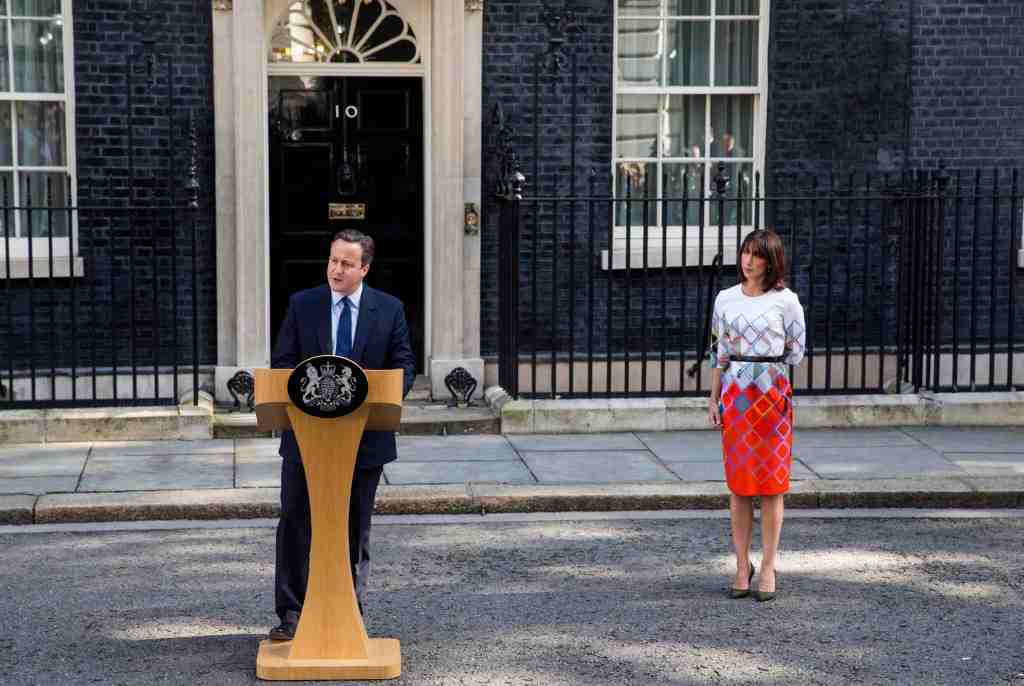
Theresa May’s was made of cedar and designed (by her chief of staff Fiona Hill) to look more feminine:
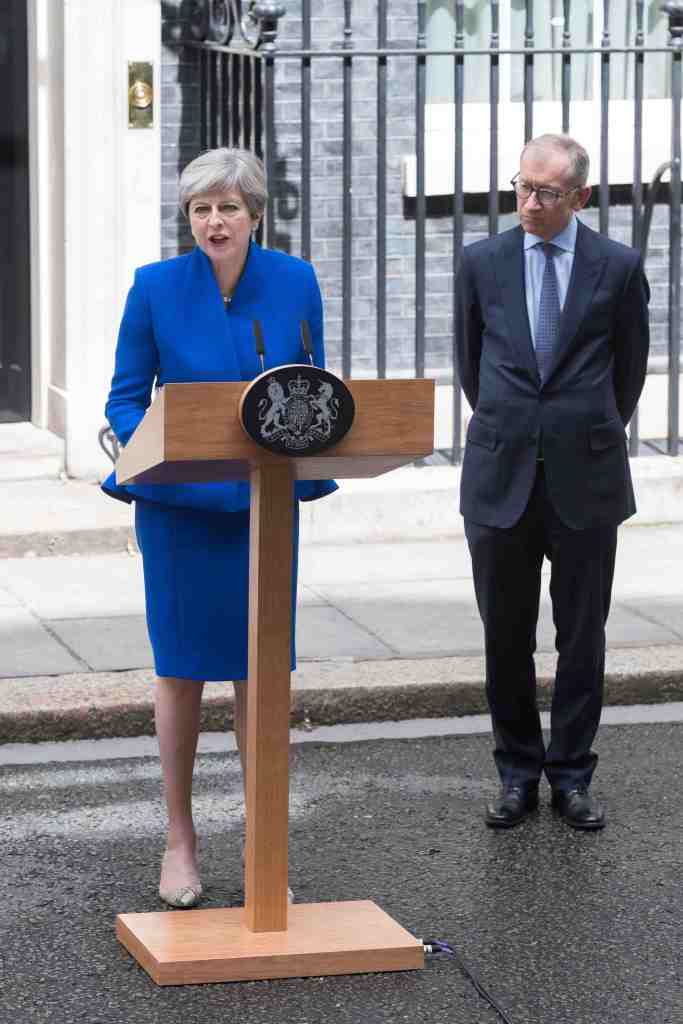
Boris Johnson went for a darker wood and a sturdier design – aides knew he was fond of thumping it during speeches:
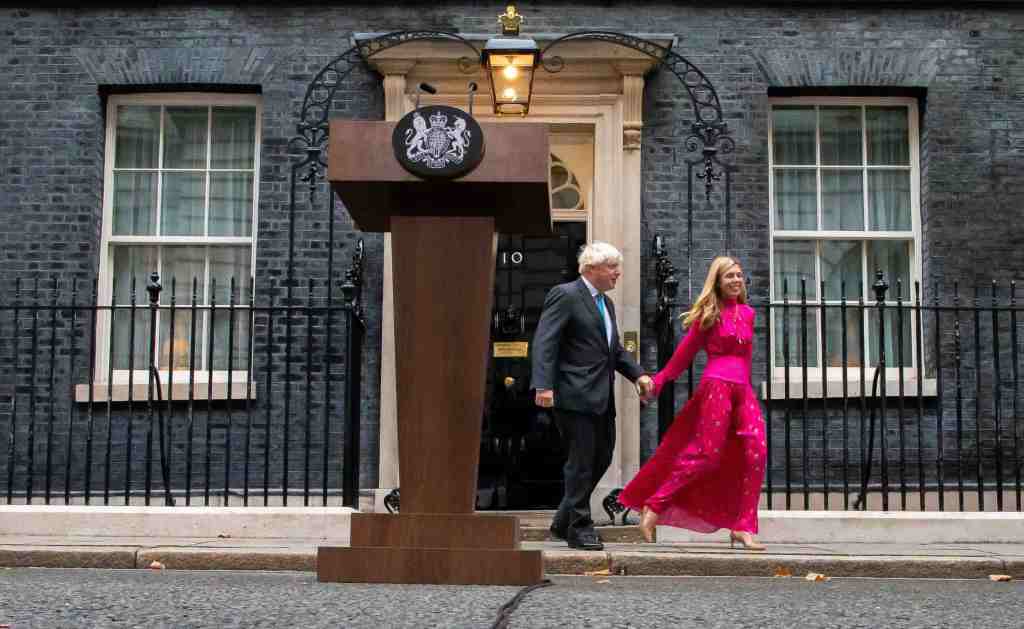
Liz Truss’s lectern was the disruptor – it was originally going to incorporate wood from trees representing every part of the UK, but that proved too expensive. As if this wasn’t enough of a metaphor for Trussonomics, the twisting support column (which like all lecterns hid a metal core for stability) reminded people of a Jenga tower. And that proved a metaphor for her entire premiership.
The latest handover of power provided another moment in the spotlight for ‘Hot Podium Guy’. Tobias Gough won fans after setting up the furniture for the resignation statements of both May and Johnson, and reappeared for Truss’s farewell speech to the nation. Gough was modest about his own looks: ‘The sun must have been at the right angle.’
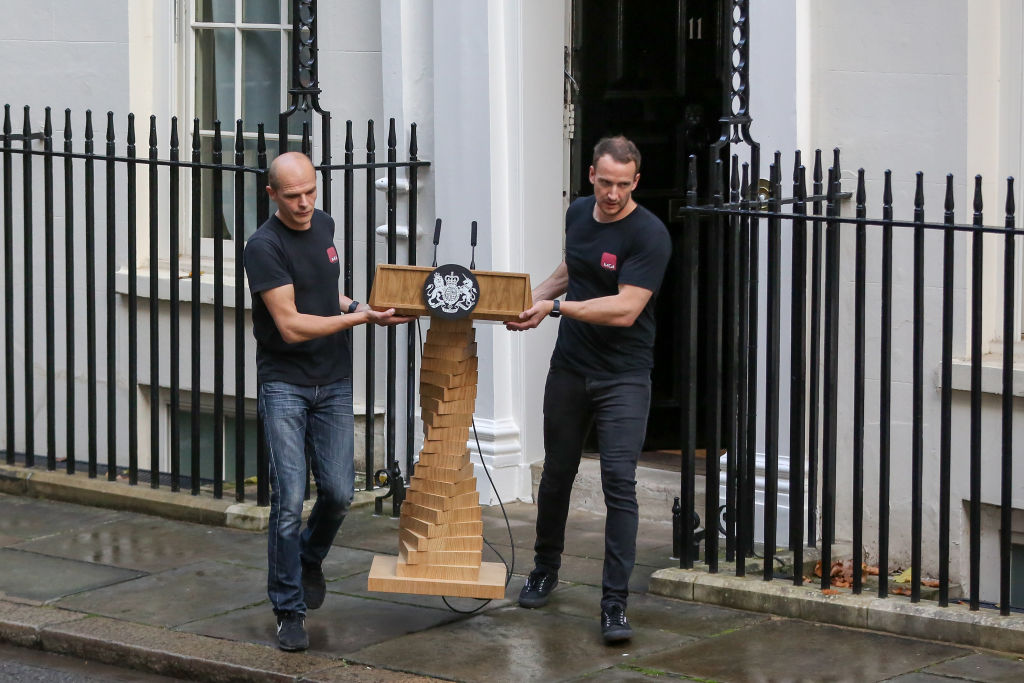
The royal seal on the front of the lectern denotes government rather than party business, which is why it was absent when Cameron, May and Johnson announced general elections. The badge managed to fox the designers of the prime ministerial briefing room unveiled last year. Despite the project costing £2.6 million overall, no one noticed that the lectern had ‘Downing Street’ written on the front, which meant that when the seal was added you could only see ‘Dow reet’.
Height is sometimes a problem. Jonathan Van-Tam, Priti Patel and George Eustice were among those who needed to stand on a box during Covid briefings. The White House forgot one when the Queen visited George Bush Snr in 1991, meaning she disappeared behind the microphones in what became known as ‘the talking hat speech’. The following day in Congress she opened with: ‘I do hope you can see me today.’
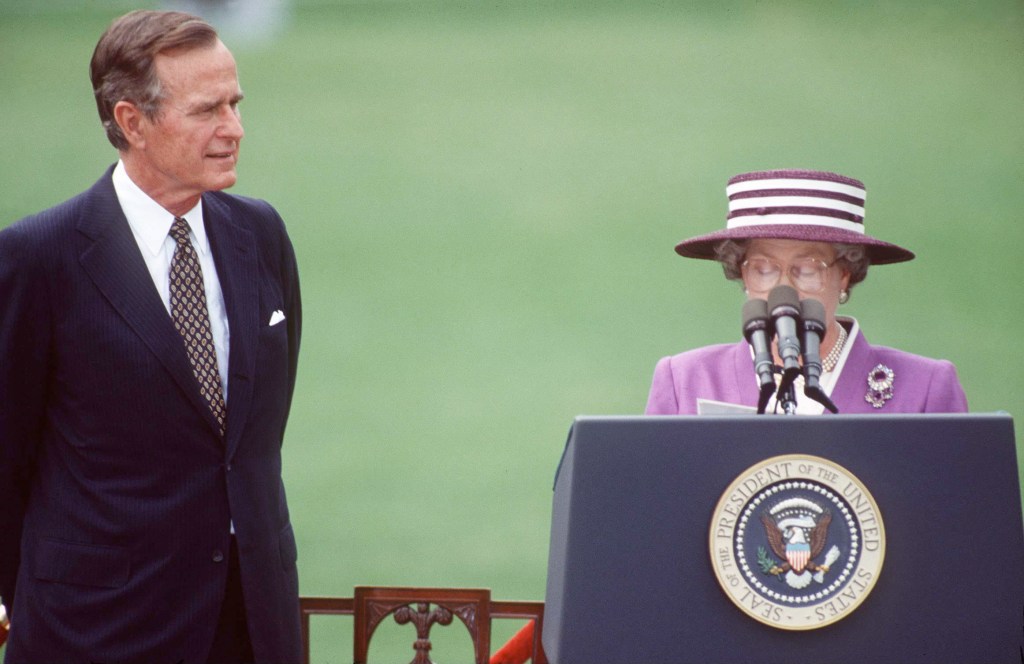
The current Blue Goose (as the bulletproof presidential lectern is known, after the gooseneck microphone it has sometimes featured) has a step that slides out from its base. Michael Douglas had to use it when he spoke at a function once. The opposite problem confronted Donald Trump during a 2016 election debate, when the lecterns suited Hillary Clinton’s 5ft 5in rather than his 6ft 3in, and he had to stoop to be heard. This led to him lengthening Blue Goose’s mike during his time in office.
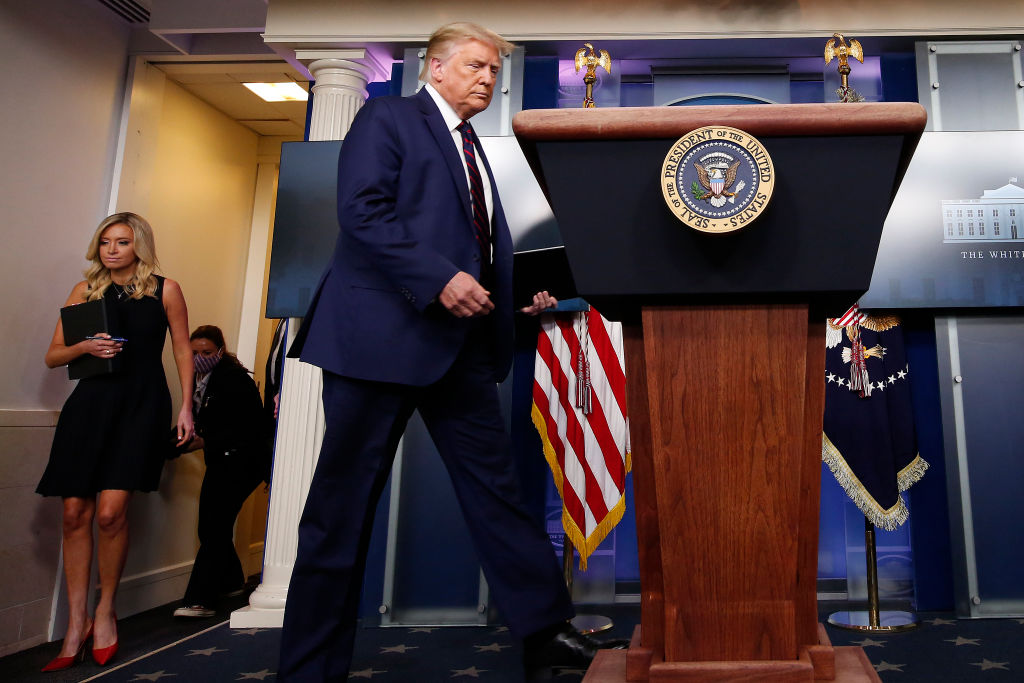
Bill Clinton’s team had tried a different microphone once, but it happened to be for the ‘I did not have sexual relations with that woman’ press conference. The way it magnified his finger-stabs on the lectern made them sound overly defensive, so the experiment was abandoned.
George W. Bush wanted a slimmer lectern for less formal occasions, so the ‘Falcon’ was commissioned. Subsequent presidents have used it too. However in recent months Joe Biden’s advisers have tended to reject lecterns altogether, instead having him speak free-standing, with a handheld microphone. They think it makes his remarks more natural – but doesn’t Biden, of all presidents, need something to hold on to?

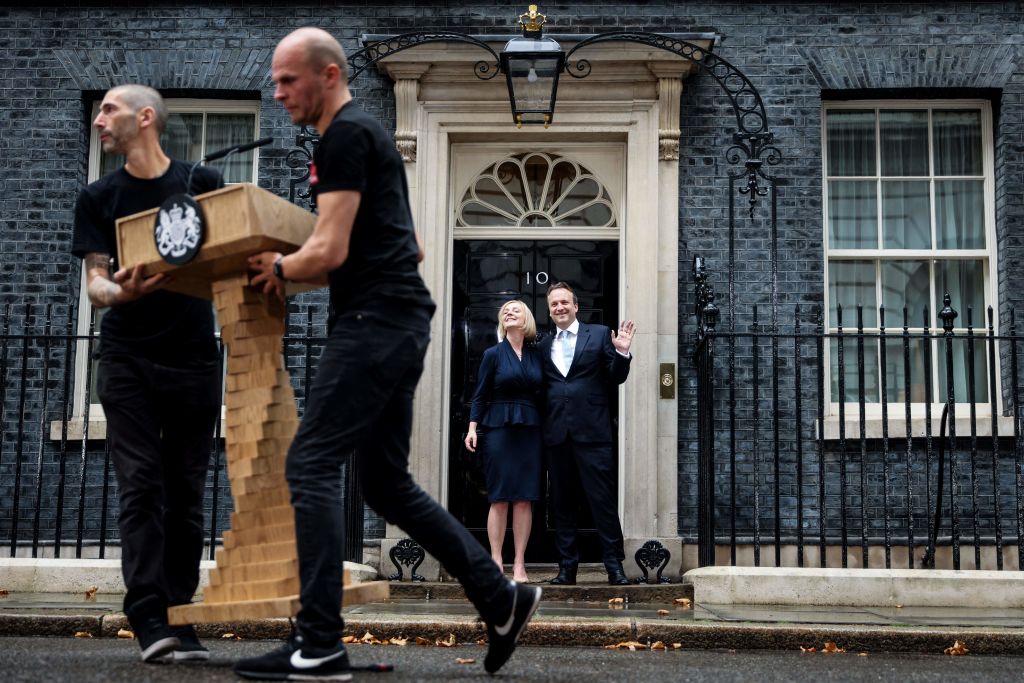




Comments